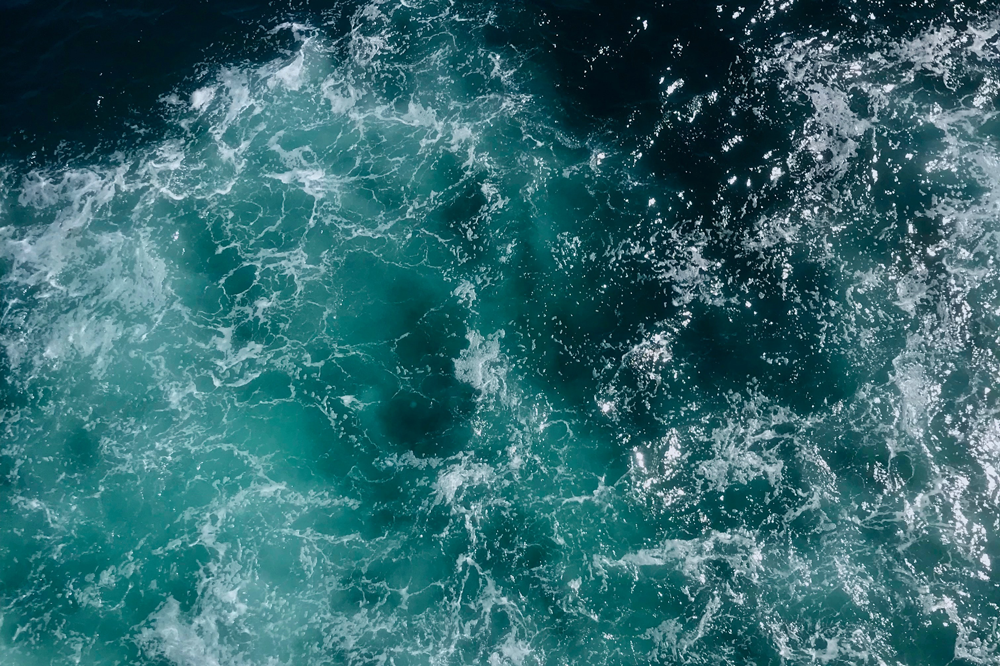Story
Blue Carbon possibilities
9 September 2019
Blue Carbon research focuses on the ways that oceans and vegetated coastal ecosystems, like mangroves, tidal marshes and seagrass beds, contribute to the global carbon budget. A new paper, by a team of world leading Blue Carbon experts, including PML Environmental Economist Dr Nicola Beaumont, sets the future agenda for Blue Carbon research.

The expert team, led by Dr Peter I. Macreadie, collaborated to list the top ten pending questions around Blue Carbon. With questions covering everything from the current extent and restoration possibilities of Blue Carbon, to ecosystem valuation and future management, the publication is intended to provide a valuable road map for future research in the area.
Carbon fluxes, climate change and carbon burial
Some of the questions focus on the flux of carbon dioxide and other greenhouse gases, looking at how these gases move both in and out of Blue Carbon habitats. Another focuses on the ways that ongoing climate change will impact Blue Carbon ecosystems, with stressors including sea level rise, intense storms and heat waves, often intensified by human activities.
There are also questions around the rate at which carbon is buried in the sediment in Blue Carbon ecosystems, showing a need for further research into the effects of disturbance on this burial rate as well as the biological and physical activity of the various species living in these habitats.
Current understanding, further study and future management
Another key focus area is on the broader understanding of the Blue Carbon ecosystems. The report shows a need for methods that allow scientists to estimate the sources of organic matter in Blue Carbon sediments, and better knowledge of the global extent of Blue Carbon ecosystems and how this is changing over time.
Additionally, there is a specific need for further study on the role of macroalgae (seaweed), which are less understood, but may be supporting higher carbon burial rates through sinking detritus than seagrass, tidal marshes and mangroves combined.
Finally, the paper looks to the ways that the science can be used to affect the valuation and management of these vital ecosystems and habitats. It recommends that improved interdisciplinary research, combining ecological and economic study to develop standard approaches, increasing confidence in Blue Carbon valuation. Management suggestions focus on preserving, restoring and creating Blue Carbon ecosystems, whilst tackling the technical, financial and policy barriers that still remain.
"An exciting area to be working in..."
Dr Beaumont said: "There are people working on Blue Carbon right across PML’s scientific disciplines. We do extensive research in this area, including everything from using remote sensing approaches to gathering data and developing detailed understandings of the biogeochemistry, through to understanding the biodiversity implications and modelling, and also valuing changes in carbon budgets and researching the societal implications.
“PML has extensive experience in this area, particularly in researching offshore environments. It’s an exciting area to be working in at the moment, and there’s lots of potential for PML to be doing more on this in the future."
Related information
'The future of Blue Carbon science' is published Open Access in Nature Communications